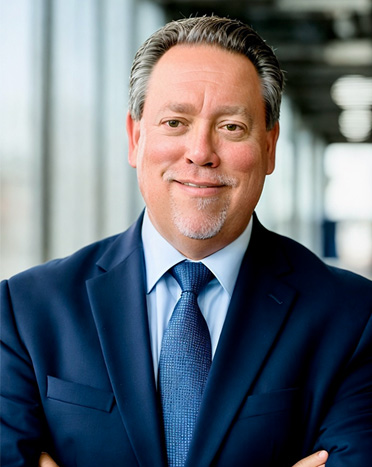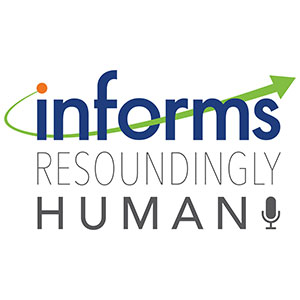
Nevada Stops COVID Exposure Reports for Workplaces, Hotel-Casinos
This summer, nearly a third of a local manufacturing company’s workforce caught COVID-19. Spacecraft Components Corp. voluntarily shut down its North Las Vegas operation for two weeks in June after a handful of its 140 employees reported having the disease. Within weeks, approximately 40 employees tested positive for the coronavirus, the company’s controller said.















